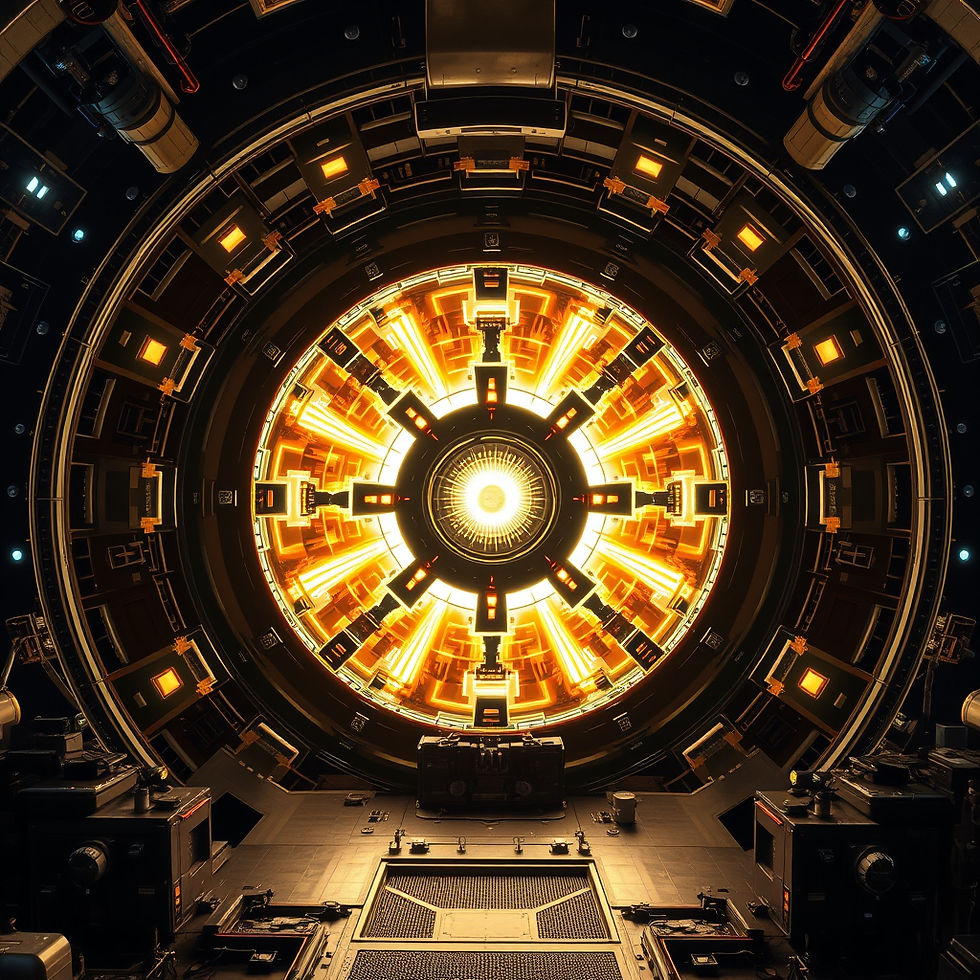The Cosmological Constant Problem: A 100-Year Crisis in Physics—and the Bold Solution on Our Horizon
- Douglas Miller
- Jul 4
- 3 min read
Updated: Aug 14
Posted by ZPF Technologies | July 2025
For over a century, one of the greatest paradoxes in all of science has remained unsolved. It sits at the intersection of quantum mechanics and general relativity. It distorts our understanding of the universe’s expansion. And it is not some niche curiosity—it is a 120-order-of-magnitude mismatch between what theory predicts and what reality shows.
This is the cosmological constant problem, and it’s not just a problem. It’s the problem.
⸻
A Crisis in Plain Sight
The cosmological constant (Λ) was introduced by Einstein in 1917 as a mathematical fudge factor to stabilize the universe. Ironically, it was later discarded—only to resurface decades later when cosmological observations revealed something stunning: the universe isn’t slowing down—it’s accelerating.
This acceleration, attributed to a mysterious “dark energy,” gave the cosmological constant new life. But there was a catch—a catastrophic one.
Quantum field theory (specifically, Quantum Electrodynamics or QED) predicts that the energy of empty space—its so-called zero-point energy—should be unimaginably large. How large?
Predicted vacuum energy density: ~10¹¹¹ joules per cubic meter
Observed value from cosmology: ~10⁻⁹ joules per cubic meter
That’s a discrepancy of 120 orders of magnitude—the largest gap between theory and observation in the history of science.
⸻
Kicking the Can for a Century
For decades, physicists have sidestepped the issue. Proposals from supersymmetry, string theory, and extra dimensions have come and gone—elegant in theory, but barren in the lab. Theoretical complexity has grown, but experimental validation remains absent. We’ve built billion-dollar colliders and sent telescopes to the edge of the universe, but this foundational mismatch remains untouched.
We live in a universe that makes no sense on paper. And the longer we ignore it, the longer we delay the next leap in understanding space, time, and energy itself.
⸻
ZPF Technologies: Engineering a Solution
ZPF Technologies LLC was founded on the principle that the vacuum is not empty—it’s the medium. Drawing on the framework of Stochastic Electrodynamics (SED)—an alternative to QED that models the zero-point field (ZPF) as a real, finite electromagnetic background—we believe the cosmological constant problem can be solved. But not just with theory.
With hardware.
Our flagship prototype, the ZPF Array, is a microelectromechanical system (MEMS) chip that applies real engineering to this century-old theoretical paradox. It is designed to induce ZPF anisotropy—a directional imbalance in vacuum fluctuations that, according to SED, should produce measurable thrust and gravitational effects without fuel or mass ejection.
This is not speculation. We’ve developed:
• A fabrication-ready MEMS platform
• Full CMOS-compatible process flow and engineering design package
• Simulated output thrust (0.6–2.4 N) and gravitational modulation (1.0–9.0 N)
• Multi-physics ai modeling based on methodologies of COMSOL, ANSYS, and MATLAB
• A complete theory-to-prototype bridge rooted in SED
And we’re not just looking for validation—we’re inviting collaboration.
⸻
What Comes Next: A Call for Partnership
We are seeking a university or industry partner with the cleanroom infrastructure and scientific ambition to co-develop this technology. The time is now to turn the cosmological constant from a theoretical embarrassment into an experimental achievement.
The zero-point field isn’t an abstraction. It’s a working medium.
The vacuum isn’t empty. It’s engineerable.
And the cosmological constant isn’t a mystery. It’s a solvable frontier.
ZPF Technologies is ready. With the right partner, the biggest problem in physics could become its biggest breakthrough.
⸻
📩 Contact us to explore collaboration opportunities:
📞 713-855-9724
🔗 Learn more in our technical pre-print and engineering documentation (available upon request).




Comments